Free Tropical Runtz seeds on orders over $150!
Even if you’re not a total newbie to the cannabis cultivation scene, there are a range of terms thrown around on the internet that are probably a little confusing. Terms that seem to be used interchangeably, and are rarely fully explained. It’s like you’ve stepped into a secretive clubhouse, and the members are trying to keep you on the outside, forever looking in.
This couldn’t be further from the truth – we love having you here! But, we do sometimes get a little carried away with the jargon.
And while a full understanding of these words and their context is anything but necessary for the vast majority of hobby growers out there, if you are hanging around the forums and blogs enough, you will see them pop up regularly enough to ask yourself “what are these people even talking about?”
So, let’s start at the beginning and explain the basics of genetics in a cannabis context – phenotypes and genotypes, and how they relate to the qualities of a particular cannabis strain.
Before we go into a full explanation of the two above terms, let’s chat about natural variation – don’t worry, this leads perfectly into the genotype/phenotype subject.
As with all living things, plant or animal, cannabis genetics and the genetics of its seeds are essentially the same – each seed contains a cell with two sets of genetic information, one from the father plant and one from the mother plant. This genetic information is responsible for the characteristics of the seed, such as size, shape, color, aroma, and cannabinoid profile.
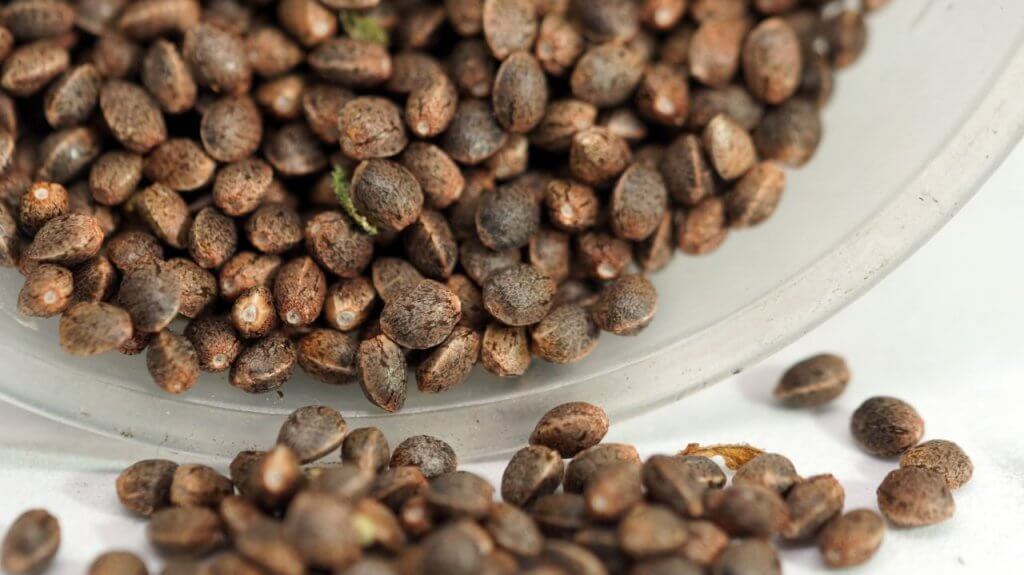
If you have already begun your cultivation journey, and have gone through a few successful runs with seeds from the same batch, you will have most likely noticed a certain amount of variation between not only plants from different crop runs, but even between plants grown from the same batch of seeds, at the same time, and in the same environment. This can cause a fair bit of confusion when it comes to understanding the genetics of a certain strain, and where all the variation comes from.
The more inexperienced growers out there may jump to conclusions about the seed bank they purchased the batch from. But before you go pointing fingers, it is important to understand that this naturally occurring variation is actually a result of the genetic composition of your seeds and the environmental factors that are placed upon the plants.
So, what’s going on?
This is where we need to discuss genotypes, phenotypes, and the differences between the two terms.
A quick Wiki search will show that “The genotype of an organism is its complete set of genetic material”. As we mentioned above, every living thing carries its own set of genetic data inherited from its parents.
So, when referring to cannabis, a plant’s genotype is the underlying genetic code or composition that a particular seed carries, determining the characteristics of the plant it produces. But, while the range of characteristics is hard-coded into the DNA of the plant, this is the entire gamut of possible outcomes. The genotype of a particular seed, or batch of seeds, offers a variety of different growth outcomes – but the final realized result is decided on by more than just the genetics itself.
We’ve all heard of the nature v nurture debate, right?
Would a hardened, psychopathic killer have turned out to be the same person had he (or she) been brought up in a different household, and with different environmental pressures? Or would have they turned out to be functioning members of society? The same can be said of sweet-natured, easy-going individuals. Are they a product of their environment as much as their inherited traits? The science points to yes.
And the same goes for cannabis. The environmental conditions, as well as good old natural variation, have a huge impact on the final outcome in terms of characteristics – to a certain extent, anyway. You’re never going to be able to take a smaller Indica dominant autoflowering seed and, through the manipulation of the environment, turn her into a towering ten-foot beast.
But, there are ways in which we, as cultivators, can affect the outcome – and these variations in core characteristics. And there are ways in which the plant will do this naturally, without any help from us. These physical expressions of the full range of genotype options are what are known as phenotypes, or phenotypical variations.
For millennia, cannabis has grown in the wild without any intervention from humans. And over these countless eons, it evolved and adapted to a huge swathe of environmental conditions, providing us with the base genetic material that we now use to cultivate and hybridize the plant.
These OG strains are known as landraces, and while there are less than 50 or so left in the wild, they are the starting point of every single strain and variation we see on the market today. Squat, stanky, resin-dripping Indica dominant strains from the Hindu Kush mountains. Tall, lanky Sativa trees from the warm, tropical southeast Asian region. And everything in between. How about those wild myths surrounding experiments by certain governments in the late 60s with cannabis?
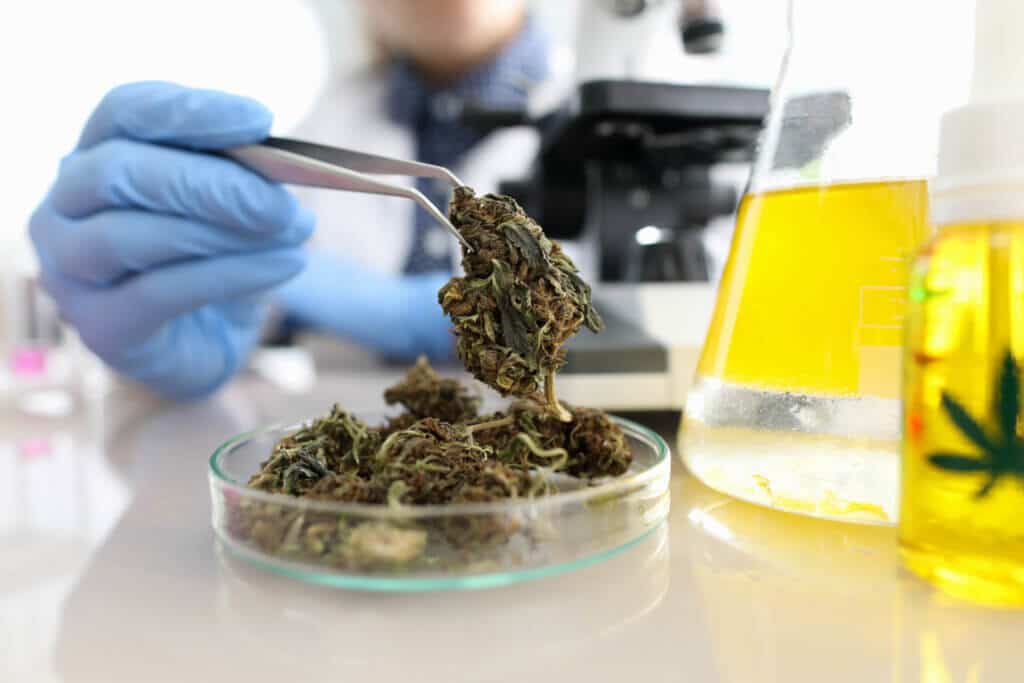
Yes, the legends of world-leading governments making efforts to manipulate not just their citizens, but also the genetics of everyone’s favorite plant are true. But (from what we know, anyway), they didn’t provide us with anything that passionate breeders hadn’t already surpassed. While it’s true that certain regimes have tried to mess with the plant, they did so unsuccessfully – and did not change the genetic pool of cannabis in any meaningful way.
So, while every seed may have a certain genotype hard-coded into it, there is a veritable smorgasbord of ways that the final outcome or phenotype of a plant can be affected by environmental factors, and by breeder and cultivator intervention.
To fully answer the question “What Is A Phenotype?”.
A phenotype is a natural expression of a genotype at any given time – it is the physical and chemical manifestation of this genetic information, affected by any number of environmental factors.
It can be affected by our intervention, and can drastically alter the final outcome of a strain. It is both an expression of its genetics, and a reflection of the work we do as cultivators to manipulate a particular seed into expressing traits we find desirable.
Let’s take a look at the most common, modern-day examples for hobby home growers.
The first, and most commonly discussed factor is light. Light has the biggest impact on a cannabis plant’s development, as it is responsible for triggering key responses such as flowering, resin production, and terpene production. Different strains also have different light requirements, so it’s important to do your research before you begin.
Let’s say that you have a top-quality, high-power LED panel in one tent, and a couple of low-end CFL bulbs set up for a closet grow. The plants in the tent are going to be exposed to much more light and in a far superior spectrum. This is going to cause vastly different results between the two grows – even if you are using the same seeds from the very same batch, or even clones from the same mother. The chances that you will see wildly different phenotypical variations between the two settings is almost 100%.
Temperature is another key factor – especially if you are looking to grow those purple buds. Cannabis has a bit of a ‘sweet spot’ when it comes to temperature, and some strains are more sensitive than others. Keeping both your day and night temperatures in the right range is essential for achieving that much-lauded melting ice cream effect on your flowers, but if purple hues are the order of the day then you are going to have to stray from the normal advice and drop those night time (or lights off) temps down by a good few degrees Celcius.
Humidity and nutrient ratios are also incredibly important factors to consider. Too high a humidity can cause mold, and too low will stunt growth. Nutrients should be tailored to the strain you are growing, and different feeding schedules should be kept for vegetative vs flowering stages.
Pheno hunting is the process of finding a desired phenotype in a pack of seeds, or within a crop, and trying to isolate the trait so it is seen in all future generations.
It involves growing out multiple plants from the same seed batch and looking for those desirable traits (such as an exquisite terpene profile, interesting bud formation, or fast flowering times) that you would like to see expressed in your own cultivar.
This is a process that humans have been practicing in all agricultural species for thousands of years, and cannabis is no different. It involves careful observation and experimentation – to identify the best possible expression of a particular strain in terms of yield, aroma, and resistance, as well as overall resilience.
This is a slow process and one which requires a great deal of patience, time, and effort. It is definitely not for the faint-hearted, but it can yield some truly remarkable results – especially if you have an eye for quality and are willing to go the extra mile.
Once the breeder has found a pheno that fits the bill, they can try and lock in the particular trait by cloning it multiple times and discarding any examples that do not bolster the traits that are being hunted, or through a back-breeding program.
What’s back breeding?
Back breeding is the process of inbreeding two plants with similar traits, to produce offspring that consistently express those desired characteristics.
This is done by hand-pollinating a female plant with male pollen from another plant with very similar physical characteristics. It’s important to note that these two plants must both have the same genetic background in order for this process to yield the desired results.
Back-breeding is a lengthy and painstaking process, but it can produce some truly remarkable cannabis varieties if done correctly. It’s also an incredibly powerful tool for breeders who are looking to stabilize their lines, create new hybrids, or bring back old favorites.
So, while pheno hunting is a great way to find that ideal expression of your favorite strain, it’s equally important to take the time and effort to properly breed and stabilize those genetics – so that you can truly maximize their potential. Taking the time to understand the key factors involved in growing cannabis (such as light, temperature, humidity and nutrients) is essential for success – but once you have it all locked down; the possibilities are almost endless.
So, there we go. Hopefully you now fully understand the exact difference between phenotypes and genotypes, and how you might go about trying to isolate certain favorable traits in your future breeding program. Look, you might not be at that stage just yet, but if you’re passionate about growing weed then there’s every chance you are going to be wanting to produce your very own strains soon enough…
Although this is just a brief overview of the basics; it should give you a good idea of what a phenotype and genotype are, and what’s involved in selecting and stabilizing your own varieties. Good luck – and happy pheno hunting!
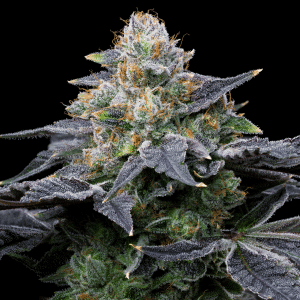
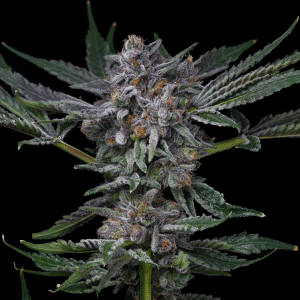
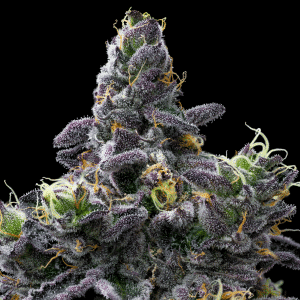
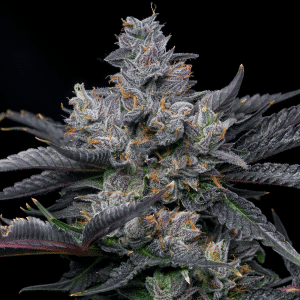
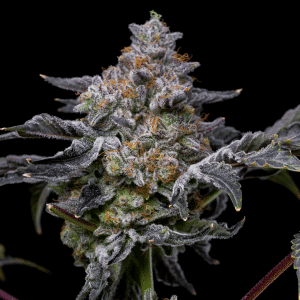
Offers
This product is not for use by or sale to persons under the age of 18. This product should be used only as directed on the label. It should not be used if you are pregnant or nursing. Consult with a physician before use if you have a serious medical condition or use prescription medications. A doctor’s advice should be sought before using any hemp products. All trademarks and copyrights are property of their respective owners and not affiliated with nor do they endorse this product. These statements have not been evaluated by the FDA. This product is not intended to diagnose, treat, cure or prevent any disease. By using this site you agree to follow the Privacy Policy and all Terms & Conditions printed on this site. All products contain less than 0.3% Cannabinoid-compliant with applicable Federal Laws. Please make yourself aware of any and all applicable laws regarding hemp in your jurisdiction. Premium Cultivars accepts no liability or responsibility regarding germination laws in any specific locale state or national jurisdictions.THCA products are not available for shipment to the following states: Hawaii, Idaho, Minnesota, Oregon, Rhode Island, Utah, Vermont *Note: Products with Total THC content above 0.3% must not be shipped to these states.
We want to help you get your hands on the seeds you want, take 20% off your next purchase when you enter your email below!
We want to help you get your hands on the seeds you want, take 20% off your next purchase when you enter your email below!